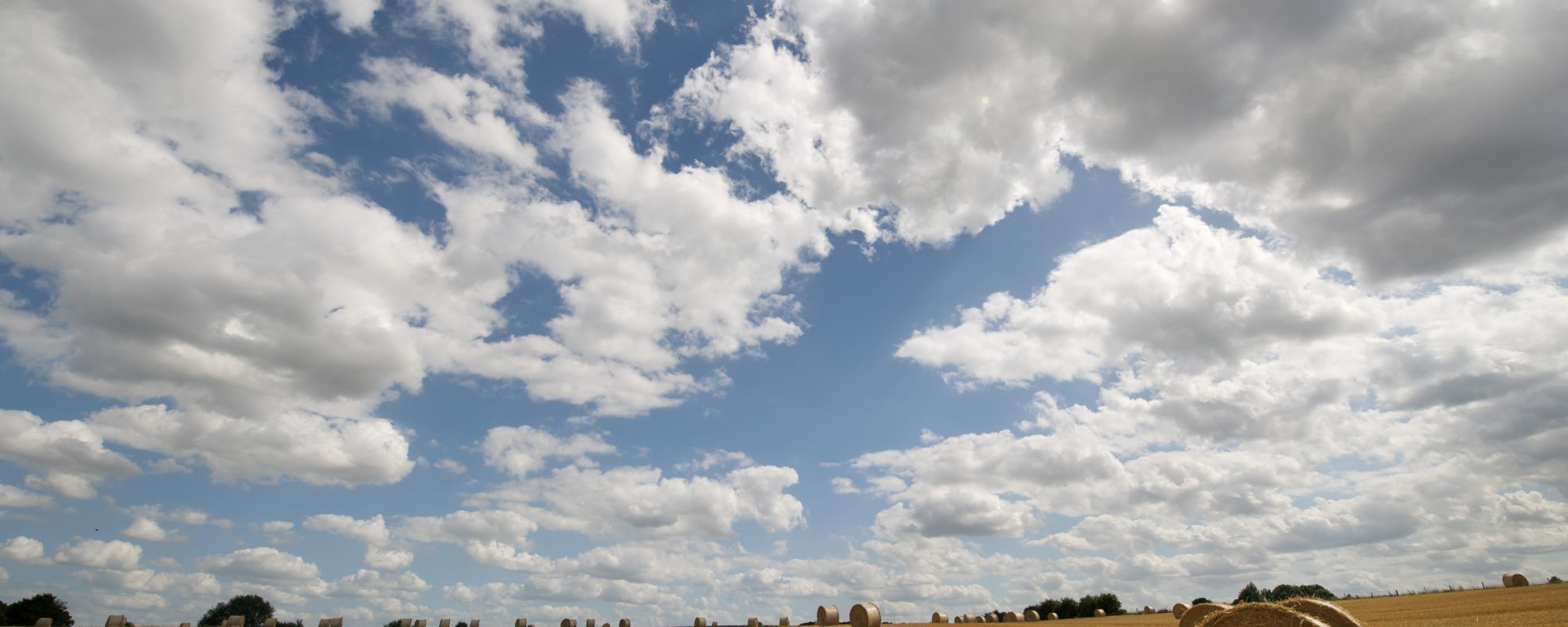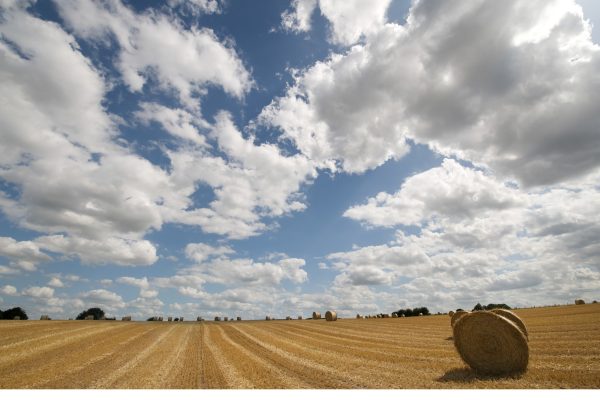Hesbaye,Expanses of crops as a backdrop
The Hesbaye region owes its richness to the quality of its soil. This is witnessed by the many quadrilateral farms scattered across this lowland landscape in a backdrop of crops.

The Hesbaye region owes its richness to the quality of its soil. This is witnessed by the many quadrilateral farms scattered across this lowland landscape in a backdrop of crops.

This vast landscape ensemble is anchored in the north of the Sambre-Meuse ridge, just like the Hainaut and Brabant silt plateaus, whose main characteristics it shares. This lowlands region has a flat or gently undulating terrain, covered with large expanses of crops that open up to distant views.
Only the downstream channels of the Orneau, the Mehaigne, the Burdinale and the Geer are more deeply entrenched in the Hesbaye plateau, giving these valleys a special landscape.
The region of Hesbaye is located to the north of the Sambre and Meuse valley, like the Hainaut and Brabant plateaus, which it closely resembles. It is thus a flat, sometimes very slightly undulating relief on which large areas of crops are located. Hence, the landscapes offer a view far into the horizon. Only the Orneau, Mehaigne, Burdinale and Geer rivers have shaped a hillier relief in some areas of the region. Thanks to the thick, well-drained silt layer, the soils of the Hesbaye are of very good quality. This is why the land is mainly used for crop farming rather than livestock.
As in the Hainaut and Brabant plateau regions, most of the typical buildings in the villages of Hesbaye are long and low, with a sloping roof. Gradually, the houses were raised by half a floor or even a whole floor.
The majority of the houses are coloured in dark red brick and orange tiles. The façades have different textures and colours, such as grey tiles, coloured whitewash and local stone. In the northwest of Hesbaye, Gobertange stone is used for frames, foundations and quoins. The variety of materials used for the houses creates a stunning colour contrast, mixing the light beige of the stone with the orange-red hues of the brick and tiles.
Maison du Tourisme du Brabant wallon
Hôtel des Libertés – Grand-Place, 1
1370 Jodoigne
+32 (0) 10/ 56 09 70
Prolongez aussi votre visite en Wallonie sur VISITWALLONIA.BE
The association Les Plus Beaux Villages de Wallonie (The Most Beautiful Villages of Wallonia) oversees a network of 32 villages, bearers of a strong territorial identity and reflecting traditional architecture. It is committed to promoting the rural, cultural and natural heritage of Wallonia and is a part of the development of local and responsible tourism.
More information